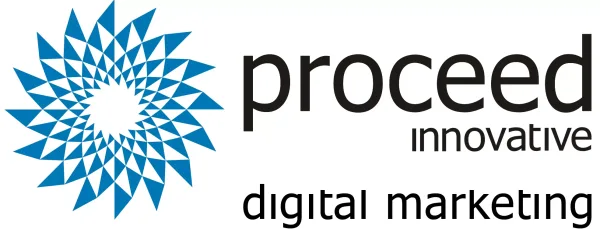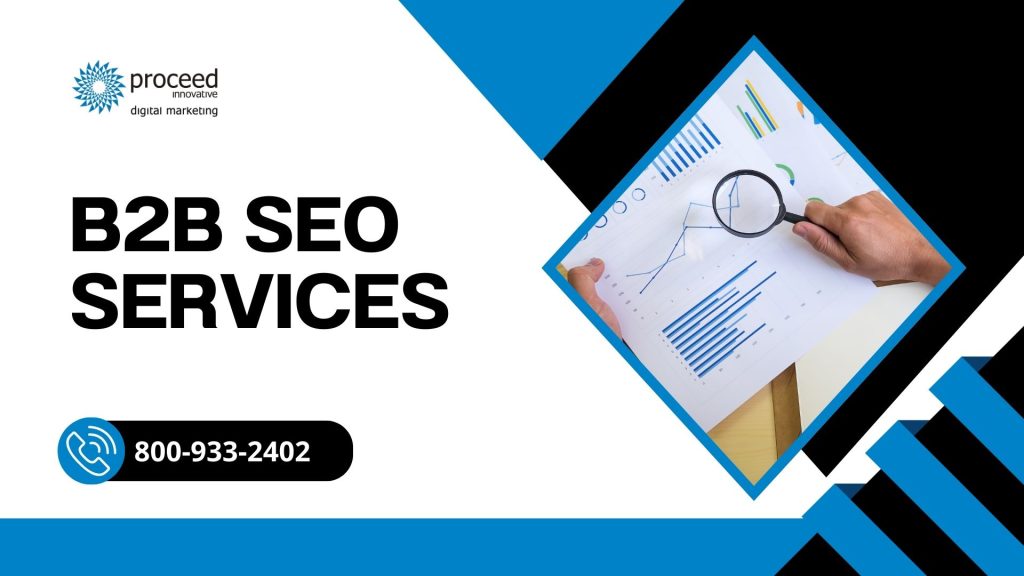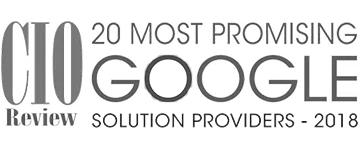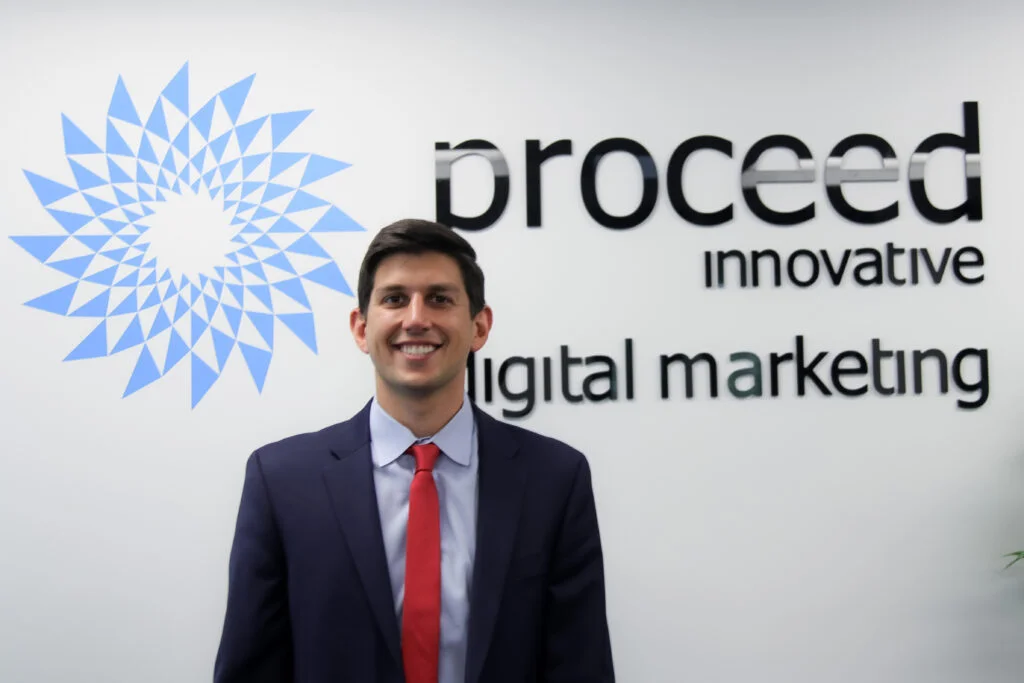Based in Schaumburg IL and serving clients nationwide since 2008
If you’re a B2B company, your success depends on helping your clients grow. But are potential customers finding you when they search online?
Even the most capable B2B businesses can struggle to attract new leads if they’re not visible in search results. That’s where we come in.
At Proceed Innovative, we specialize in B2B SEO that puts your business in front of the right audience—at the right time. We help companies like yours:
- Show up higher in Google search results
- Attract more qualified traffic
- Turn website visitors into leads and customers
We’ve worked with B2B companies across industries—from professional services to manufacturing—to improve their online presence, drive consistent traffic, and generate real, measurable results. Whether you’re looking to build brand awareness, get more sales leads, or improve ROI from your website, our team will build a custom SEO strategy tailored to your goals and your industry.
Why SEO Matters for B2B Companies
For your business to thrive online, your website must:
Rank on the first page of Google for your most important keywords
Provide a seamless user experience that keeps visitors engaged
We align every B2B SEO strategy with your business goals to drive real, measurable results—like increased traffic, higher search rankings, and more qualified leads. A strong SEO strategy does more than improve visibility in search engines; it also enhances the user experience. Fast load times, intuitive navigation, mobile responsiveness, and clear messaging work together to keep visitors engaged and turn them into loyal customers, ultimately boosting your return on investment.
B2B SEO Services That Drive Real Business Results
As a Chicago-based business that serves other businesses, your success depends on being visible to the right decision-makers at the right time. Whether you’re targeting operations managers, procurement directors, or C-suite executives, B2B SEO helps you get found by the people who matter most to your growth.
At Proceed Innovative, located in the greater Chicago area, we provide customized B2B SEO services designed to attract qualified traffic, improve your search visibility, and generate high-value leads. We work with companies across a wide range of industries—right here in Chicago and nationwide—to deliver measurable results that drive long-term business growth.
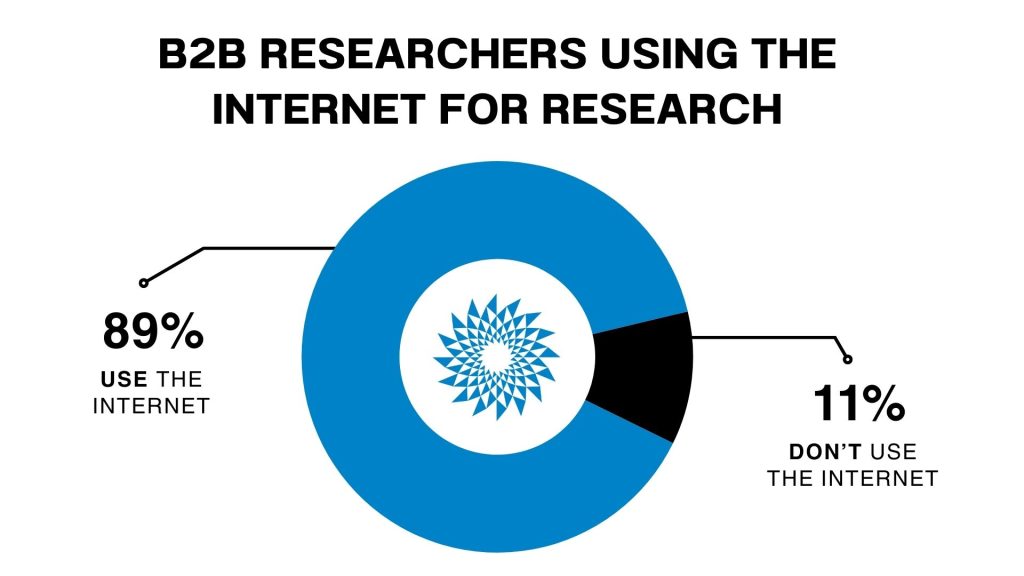
Our B2B SEO Services Include:
At Proceed Innovative, we strive to improve the visibility and profitability of your business through cost-effective B2B SEO services. We will help ensure that your website ranks well for your targeted keywords and generates qualified leads. You can expect the following when you work with us:
How We Build a B2B SEO Strategy That Delivers Results
Our B2B SEO Services
At Proceed Innovative, our B2B SEO services are built to do one thing: deliver measurable business growth. We don’t just increase rankings—we align every tactic with your sales goals, audience needs, and industry opportunities. From strategy to execution, our SEO services are designed to help you attract the right traffic, generate qualified leads, and improve ROI.
Here’s how we help B2B companies grow with SEO:
Let’s Build Your B2B SEO Revenue Engine
If you’re ready to move beyond basic SEO and build a scalable, ROI-focused strategy, Proceed Innovative is ready to partner with you. We’ve helped B2B organizations across industries grow their pipeline and strengthen their digital presence through data-driven SEO.
📞 Schedule your consultation today to see how we can align your SEO strategy with real business growth.
Give Proceed Innovative a call at (800) 933 2402 or submit a contact form for more information about our B2B SEO services.
B2B SEO FAQ:
Testimonials

